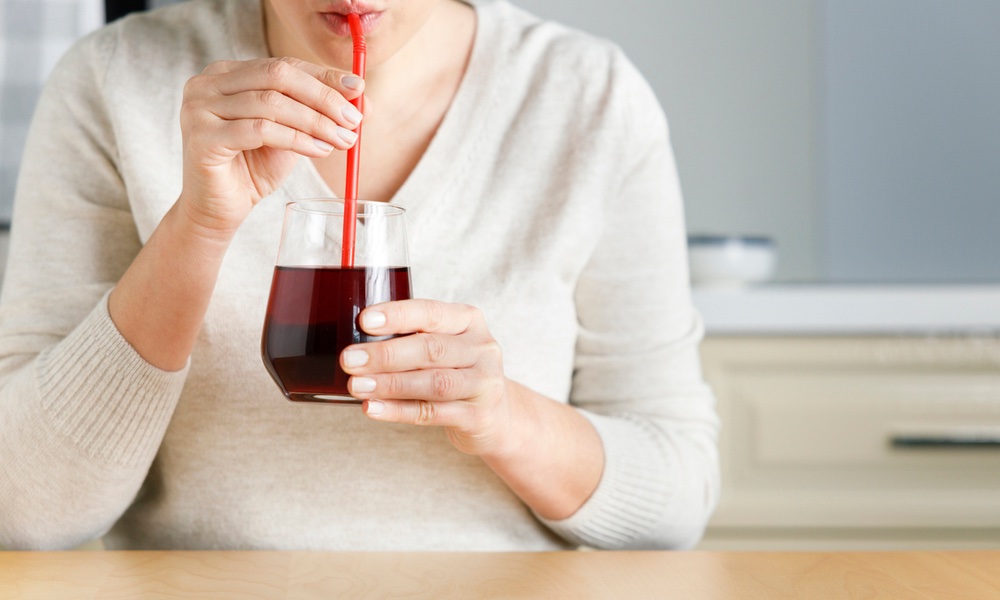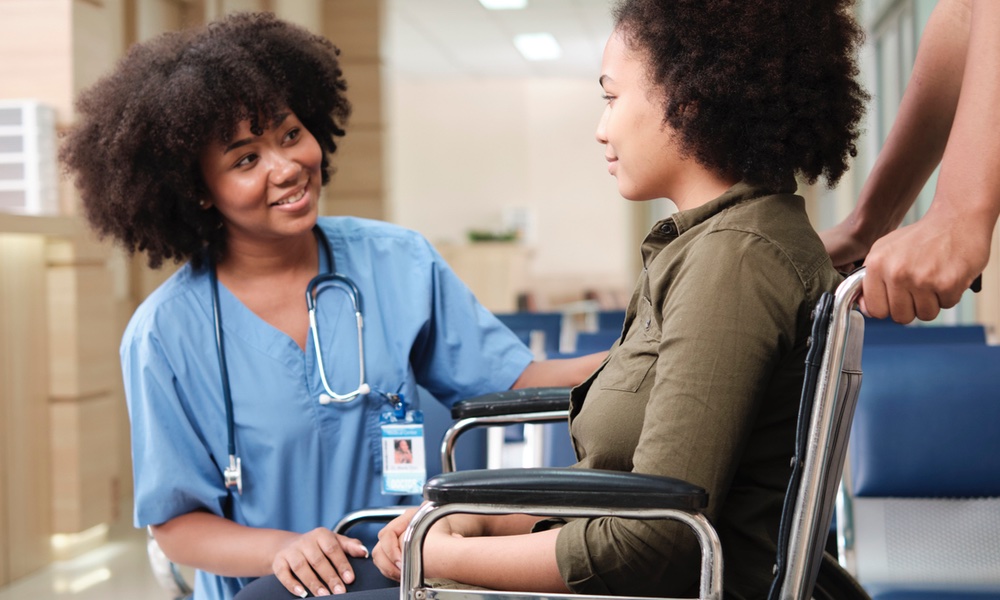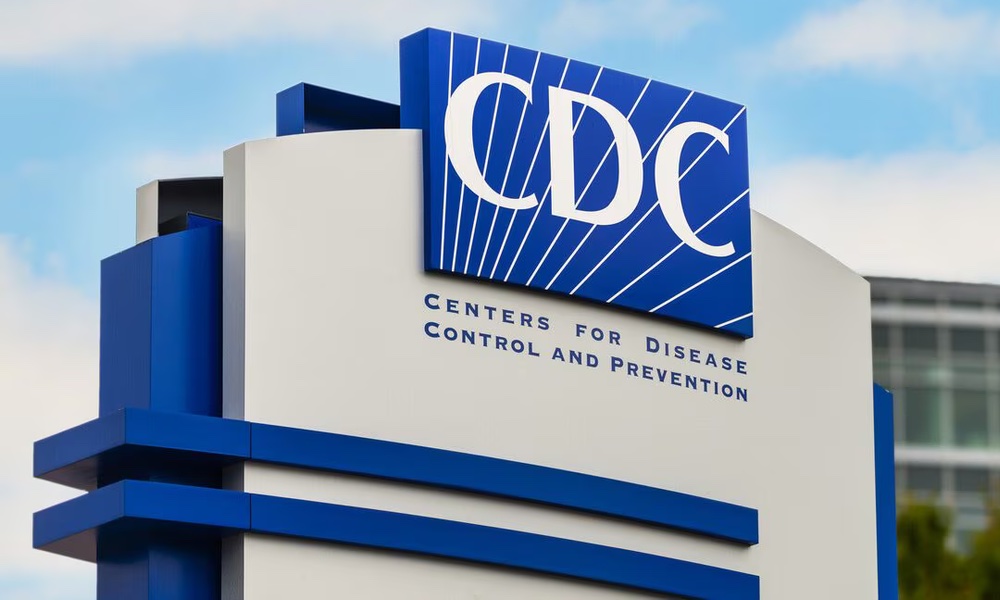Though it seems these days that more and more older people are keeping themselves in great shape and pushing the edge of the athletic envelope further and further, the aging process does bring an inevitable decline in physical capability, even for the Al Hannas of the world. This happens to some degree to everyone, no matter how healthy you may feel or how much you work out. What causes this decline?
Physical Changes Caused by Aging
Heart
Age brings a decrease in maximum heart rate and an overall decline in maximum cardiac output, or the amount of blood the heart can pump, both of which limit athletic performance. In contrast, when younger athletes exercise, the size of the muscle in the walls of the heart chambers increases. This, in turn, enhances the force with which the heart can pump, producing a higher cardiac output and, therefore, a lower heart rate. In other words, the heart is able to slow down because it is working more efficiently. In older athletes, heart muscle size is not increased by exercise to the same degree.
Lungs
Aging leads to a decrease in overall lung capacity and a decline in the ability of the lungs to move oxygen from the air into the bloodstream. This means less overall strength and endurance.
Muscles
As we age, we lose both muscle strength and muscle mass. Decline in muscle mass is known as sarcopenia (from the Greek for "loss of flesh"). Most of the muscle lost from sarcopenia is what is known as Type IIa, or "fast-twitch," muscle fibers. Human muscles are classified as either Type I or Type II. Type I muscles are slow to contract and contribute to physical endurance; Type II muscles are faster to contract and are associated with strength and power. As we age, even though we can fight the loss of muscle mass with exercise, we will still be losing these Type II fibers at the same rate. What happens is that instead of developing new muscle fibers from exercise, as we did when we were younger, the remaining fibers merely increase in bulk. In addition, with age we also lose some of our ability to control the firing, or activation, of our muscles. This leads to loss of coordination and strength.
A hot research topic in medicine today is the possible role of testosterone and growth hormone in causing age-related muscle loss. Though naturally occurring in the body, these hormones decline dramatically with aging. So far, studies have found that giving older people human growth hormone causes an increase in muscle mass, but not necessarily any increased strength or improved function.
Testosterone replacement seems to increase both muscle mass and upper limb strength. Both remain under investigation as potential treatments for sarcopenia and other age-related problems.
Nervous System
With aging there is a marked decline in blood flow to the brain, which is associated with a decrease in reaction time.
Our sense of balance also deteriorates with aging. Also, many effects of age on the nervous system combine to cause a decline in something called V02 max, or the maximum volume of oxygen consumed by the body per heartbeat. This is also known as oxygen pulse.
VO2 max declines steadily and predictably as we age, on average approximately 1.5% per year. Even though highly trained older athletes show a smaller rate of decline, only 0.5% per year, it is just as steady. In studies of athletes, VO2 max also closely parallels the decline in maximum athletic performance that comes with age. For this reason it has been suggested that VO2 max makes an excellent measure of physiological rather than chronological aging. VO2 is measured with a breathing test. Your physician can tell you how your VO2 level compares to that of others.
Age and Sports Injuries
Another important issue for older athletes is that of injury. Statistically, older athletes are much more likely to injure themselves than younger athletes who are doing the same sport. On the positive side, however, it has been found that even accounting for their increased likelihood of injury, older runners tend to be physically better off than the average person of their age.5 As with all athletes, a careful warm-up period with stretching exercises is key to reducing the chance of injury. Below we will discuss some general musculoskeletal problems faced by the older athlete and then examine the kinds of specific injuries that are common in older people who engage in running, swimming, cycling, climbing and golf.
Musculoskeletal Problems
Loss of bone is an unavoidable fact of aging. This is a particular worry for women, who tend to have less skeletal mass than men and who also lose bone more quickly. After menopause, women lose bone at an average rate of 2% to 3% per year, while men of the same age lose bone at a rate of only 0.4% per year. You cannot entirely prevent bone loss, but you can reduce the rate of loss through regular exercise, particularly weight training. Nevertheless, many older athletes are predisposed to bone fractures.
Aging also brings a marked decrease in flexibility. This is caused mainly by changes in the body's connective tissue, combined with arthritis. Lack of flexibility means that our knees, hips, and other joints must bear greater stress during exercise, rather than dissipating it to surrounding tissues, such as nearby muscles, as we did when we were younger. This stress can gradually destroy the joints.
Back pain occurs in nearly two-thirds of all adults at some point during their lives. The problem, however, grows worse with age.
Older athletes should do extra warm-up and flexibility exercises in order to prevent injury. As with all stretching exercise, these should be performed with a steady and smooth motion.
Many types of back problems are associated with particular sports. For example, overhead racket sports tend to increase normal lordosis, or curvature of the spine, and aggravate lower back problems. Cyclists with back trouble may improve their symptoms by lowering the seat. Head-up swimming motions, such as the breast stroke, cause back problems by arching the spine. And running uphill can be worse for the lower back than running on a flat surface.
Once you are experiencing back trouble, the type of pain you feel often provides a clue to the cause. Pain from disc damage is worse when you are sitting or standing. Night pain suggests an inflammatory condition or perhaps the presence of a tumor or other growth near the spine. Sciatica, or pain radiating down the back of the thigh and legs, without back pain is usually caused by the entrapment of a nerve. Pain from spinal stenosis, or narrowing of the canal surrounding the spinal cord, is worse when walking and when the back is stretched. Herniated discs produce worse pain when sitting. In the elderly, the combination of lower back pain and sciatica with incontinence points to a condition known as lumbar spinal stenosis.
Running
Most common runners' injuries have one thing in coming; they are caused by too much running. This becomes more and more true as we age. Common over-exercise injuries in older runners include back pain, bursitis, stress fracture, hamstring injury, problems with the kneecap, shin splints, Achilles tendonitis, heel pain, Morton's neuroma (a nerve disorder in the foot), calluses, bunions and a host of other leg and foot problems. Short of surgery, the best treatments for most of these conditions include rest, orthotics, non-steroidal anti-inflammatory drugs or other pain medications, and physical therapy. For some runners, a difference in the length of the legs plays a role in many of these conditions; this can be corrected with orthotics. All runners should use shoes with good mid-sole cushioning and should change shoes every 250 to 500 miles. Grass, dirt and wooden tracks are less stressful to the body and are particularly recommended for older runners.
Older runners are also far more susceptible to fall-related injuries. Often, the reason is deteriorating balance; in this situation, it is a good idea to add balance exercises to the workout regimen. Another common cause for falls in older people is an episode of delirium, which can be brought on by dehydration. Following a fall, older people are at greater risk of developing dangerous subdural hematomas, or masses of blood from an injury that collect in an area within the skull. One of the signs of subdural hematoma is a sudden change in mental status, including loss of consciousness, anxiety, loss of memory, and giddiness; anyone who has hit their head and who shows any symptoms of this type should be seen by a doctor immediately.
Swimming
Swimmer's shoulder, which is caused by repeated rubbing of the rotator cuff muscles against the acromion, a bone in the shoulder, occurs in 60% of competitive swimmers.8 An upper arm strap may relieve some of the pain caused by this condition. Older swimmers are more likely to suffer rotator cuff rupture than younger swimmers. Another injury more common in the older athlete is rupture of the long bicipital tendon. Both of these injuries require surgical repair. Older swimmers should avoid using hand paddles; these increase the risk of impingement syndromes. Fins can be used by all older swimmers, except those with certain knee conditions. Older athletes with vision problems should use corrective swim goggles made by an optometrist.
Older swimmers should be very careful of hypothermia when swimming in cold water. This is because as we grow older, we often lose some of our ability to regulate body temperature.
Cycling
Older cyclists are more likely to suffer from compressive or inflammatory syndromes, most often involving nerve problems in the upper part of the body. These are mostly caused by over-exercise. Other cycling injuries that are common in older people include upper limb fractures (in particular the wrist, forearm, and collar bone), shoulder dislocations, sprains, lacerations and abrasions. Using the correct seat height, wearing padded gloves, and not resting on the hands while riding can help cyclists avoid most overuse injuries. Urethritis, or inflammation of the urethra, and saddle pressure sores can be helped by using a padded seat and padded cyling shorts. Incorrect rider position is a very common contributing factor to overuse injuries.
Climbing
Older persons are at increased risk for injuries caused by weather, including dehydration in the summer and exposure to cold in the winter or at high altitudes. Acute altitude sickness can occur at heights as low as 6,000 ft (1830 meters). Symptoms including heart palpitations, cough, headache, sleeplessness and difficulty breathing. This condition, which can be fatal, may be more common in older climbers. For the reasons cited above, older climbers are more likely to develop bone fractures. Any older person who begins climbing should first address any balance problems. Companions of older climbers need to be aware that older climbers are at greater risk of becoming delirious.
Golf
Common overuse injuries in golfers include rotator cuff (shoulder) problems, cervical (neck) disc or osteoarthritic problems, lower back pain and epicondylitis (golfer's or tennis elbow). Wrist pain is common in older golfers, because of continual extension and twisting of the wrist during the golf swing. Many of these problems can be avoided simply by appropriately warming up the body before starting and by doing stretching exercises. Muscle strengthening exercises, particularly of the back muscles, are also key to preventing and treating golf injuries. When overuse injuries occur, doctors normally prescribe rest and pain medication. It can also be a good idea for an older golfer to give his body a break by moving for a time from the golf course and the driving range to the putting green.
Conclusion
There is no question that older athletes are more prone than younger athletes to a range of sports injuries. This is no reason, however, for older people to avoid physical activity . Most sports injuries can be prevented or treated with a combination of preparation, targeted exercise and conditioning, and common sense. Almost all studies suggest that active, but not excessive, enjoyment of a variety of sports and exercise can give older people both a better and a longer life.




